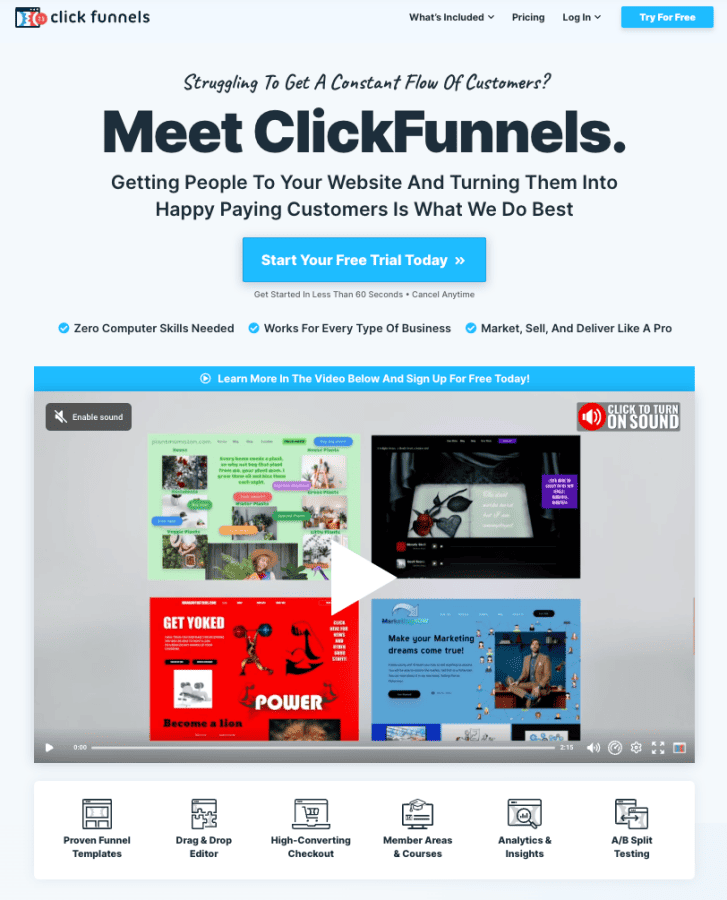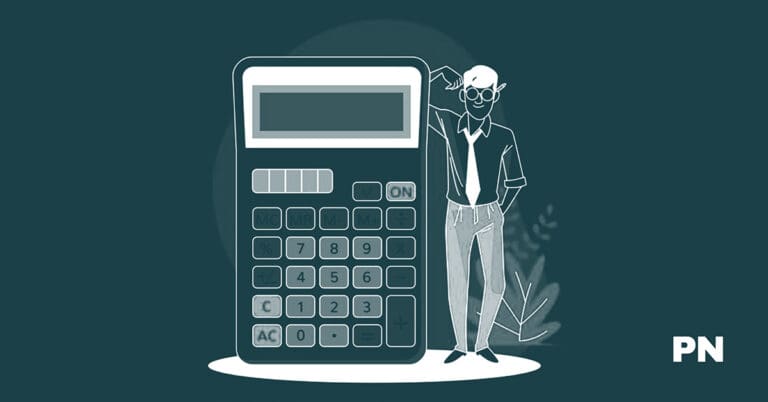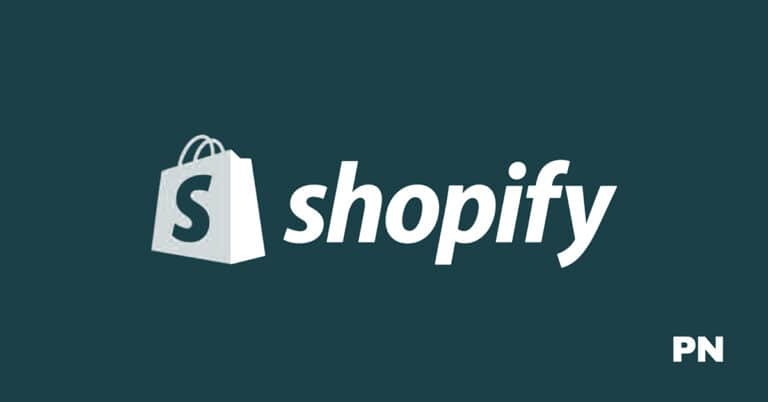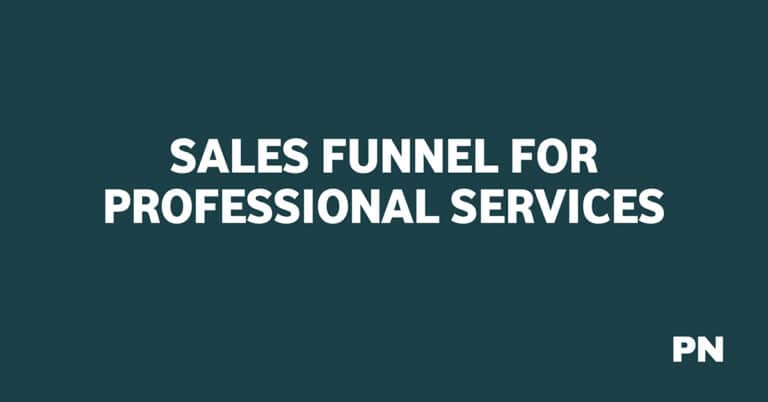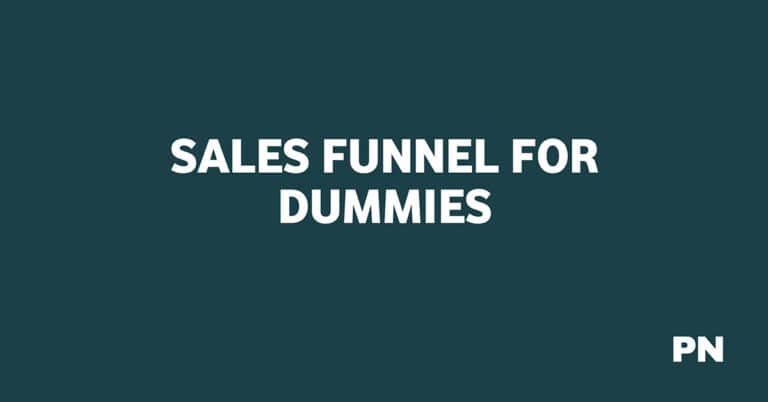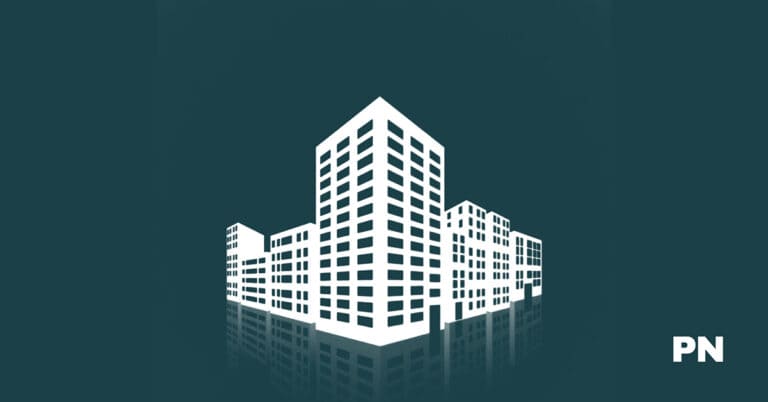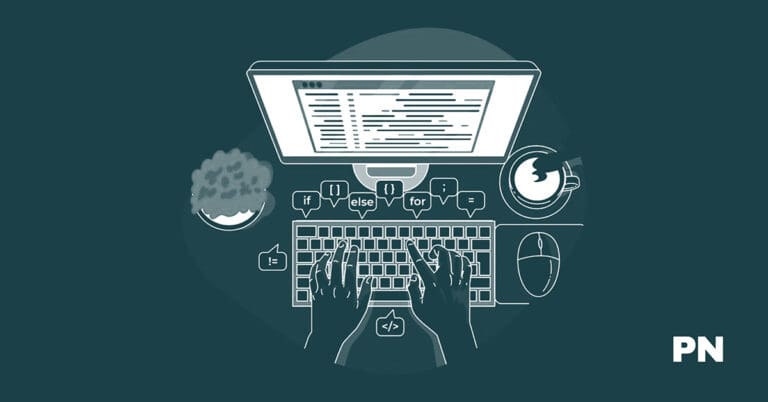Sales Funnel for Retail Guide
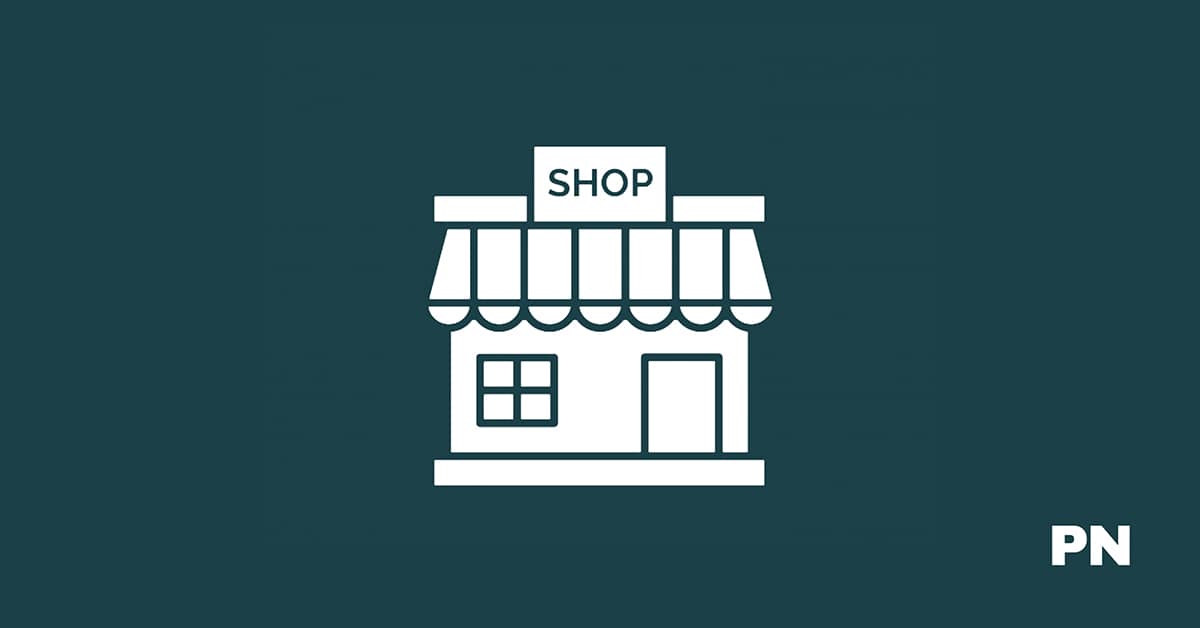
Did you know that a sales funnel is essential for any retail business looking to increase its sales revenue?
A sales funnel helps convert potential customers into paying customers by guiding them through a series of stages. Contrary to popular belief, a sales funnel isn’t just a marketing strategy; it is a holistic approach to sales that can help businesses of all sizes grow.
The first stage of a sales funnel is awareness. This is where potential customers become aware of your brand, products, or services. This stage aims to attract as many potential customers as possible and make them aware of what you have to offer.
Once you have their attention, you can move them to the next stage of the funnel, which is interest. This is where you start to build a relationship with your prospects and persuade them that your product or service is the best solution for their needs.
The next stage of the sales funnel is prospects.
At this stage, you have identified potential customers interested in your product or service. Your goal is to convert these prospects into paying customers.
To do this, you need to provide them with the information they need to make an informed decision and address any concerns or objections they may have. By following these steps, you can create an effective sales funnel to help you grow your retail business.
What is a Retail Sales Funnel?

A retail sales funnel is a marketing model representing the customer journey from initial awareness to purchase. It is a visual representation of a customer’s steps to becoming a paying customer.
The goal of a retail sales funnel is to guide potential customers through the buying process and convert them into paying customers.
There are four main stages in a retail sales funnel:
- Awareness: This is the stage where potential customers become aware of your brand and products. They may have seen an ad or stumbled upon your website.
- Interest: At this stage, potential customers are interested in your products and are considering purchasing. They may have signed up for your newsletter or added items to their cart.
- Decision: This is the stage where potential customers decide whether or not to make a purchase. They may compare prices or read reviews.
- Action: This is the final stage where potential customers become paying customers. They have made a purchase and are now part of your customer base.
It is important to understand each stage of the retail sales funnel and tailor your marketing efforts accordingly to effectively guide customers through it.
For example, at the awareness stage, you may want to focus on increasing brand awareness through social media or advertising. At the interest stage, you may want to offer special promotions or discounts to encourage potential customers to purchase.
By understanding the retail sales funnel and implementing effective marketing strategies, you can increase your chances of converting potential customers into paying customers.
Why Do You Need a Retail Sales Funnel?
If you run a retail business, you need a sales funnel to help guide your customers through the buying process.
A retail sales funnel is a step-by-step process that takes a potential customer from brand awareness to purchasing. It’s a way of organizing your marketing and sales efforts to maximize your sales and revenue.
Here are some reasons why you need a retail sales funnel:
1. Helps You Build Brand Awareness
The first step in any sales funnel is to build brand awareness. It would be best to let people know that your retail business exists and what you sell.
This can be done through various marketing channels, such as social media, email marketing, and advertising. By creating brand awareness, you can attract potential customers to your retail store.
2. Guides Your Customers Through the Buying Process
Once you’ve attracted potential customers to your retail store, you must guide them through buying. A retail sales funnel can help you break down the buying process into smaller steps. This allows you to identify where potential customers are dropping off and make improvements to your sales process.
3. Increases Your Sales and Revenue
By having a retail sales funnel in place, you can increase your sales and revenue. By guiding potential customers through the buying process, you can increase their likelihood of purchasing.
By identifying where potential customers are dropping off in the sales process, you can improve your conversion rates.
Stages of the Retail Sales Funnel
The retail sales funnel is a visual representation of the customer journey from the moment they become aware of your brand to when they make a purchase. Retailers must understand the different stages of the funnel and optimize each stage to increase sales and customer loyalty.
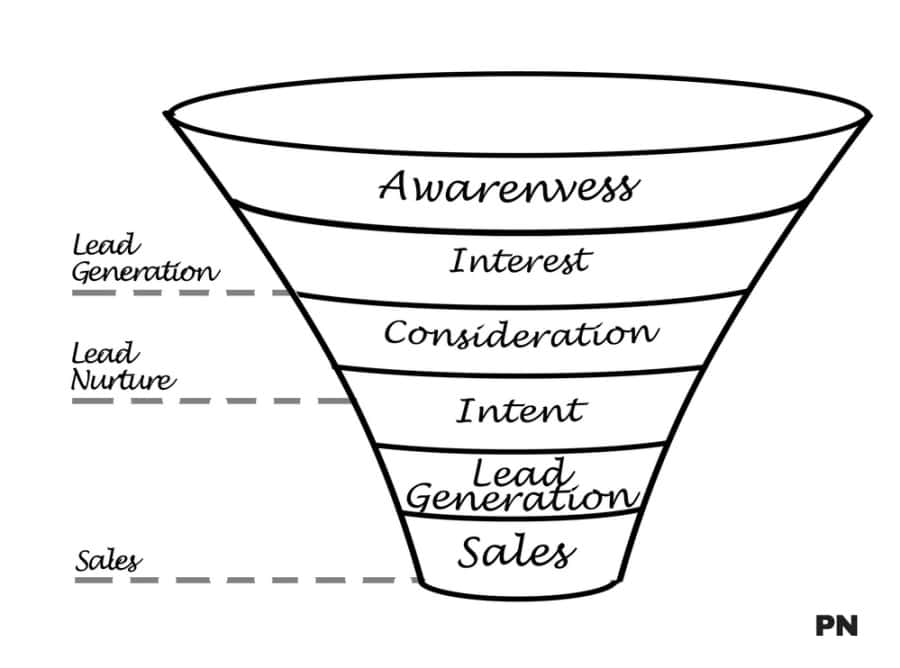
The Awareness Stage (Top of the Funnel, TOFU)
The awareness stage is the first stage of the retail sales funnel.
At this stage, potential customers become aware of your brand, products, or services. They may have seen an advertisement, heard about your brand from a friend, or stumbled upon your website while searching for something else.
To optimize this stage, retailers should create brand awareness through various marketing channels, such as social media, paid advertising, influencer marketing, or content marketing. The goal is to attract potential customers to their website or physical store and interest them in their products or services.
An analogy to understand this stage is like a person walking by a store and noticing it for the first time. They may not be interested in buying anything then, but the store has caught their attention.
The Consideration/Evaluation Stage (MOFU)
The consideration/evaluation stage is the second stage of the retail sales funnel.
At this stage, potential customers have shown interest in your brand and are considering purchasing your products or services. They may have visited your website multiple times, read reviews, or compare your products to those of your competitors.
To optimize this stage, retailers should provide relevant and timely information to potential customers. This can be achieved through targeted email campaigns, retargeting ads, or personalized product recommendations.
The goal is to help potential customers make an informed decision and move them closer to purchasing.
To understand this stage, imagine a person walking into a store and browsing through the products. They are considering whether or not to make a purchase and looking for more information.
Purchase Stage (Bottom Of The Funnel)
The purchase stage is the third stage of the retail sales funnel. At this stage, potential customers have decided to purchase and are ready to complete the transaction. They may have added items to their cart, filled out a form, or made a reservation.
To optimize this stage, retailers should focus on providing a seamless and secure checkout process. This can be achieved through various payment options, free shipping, or a user-friendly website. The goal is to make purchasing as easy and convenient as possible.
An analogy to understand this stage is like a person standing in line at the checkout counter, ready to make a purchase.
Post-Purchase Stage
The post-purchase stage is the fourth stage of the retail sales funnel. At this stage, the customer has completed a purchase and received the product or service. They may have had a positive or negative experience and may leave a review or provide feedback.
To optimize this stage, retailers should provide excellent customer service and address any issues or concerns. This can be achieved through follow-up emails, surveys, or social media engagement. The goal is to turn a satisfied customer into a loyal customer.
An analogy to understand this stage is like a person using the product they purchased and forming an opinion about it.
Repeat Purchase Stage
The repeat purchase stage is the final stage of the retail sales funnel. At this stage, the customer has become loyal and may make repeat purchases or recommend your brand to others.
To optimize this stage, retailers should focus on building brand loyalty through various loyalty programs, personalized offers, or exclusive content. The goal is to turn a loyal customer into a brand advocate.
An analogy to understand this stage is like a person becoming a regular customer at a store and recommending it to friends and family.
understanding the different stages of the retail sales funnel is crucial for retailers to optimize their marketing efforts and increase sales and customer loyalty. By providing relevant and timely information, a seamless checkout process, excellent customer service, and building brand loyalty, retailers can turn potential customers into loyal customers and brand advocates.
How Do I Create a Retail Sales Funnel?
Creating a retail sales funnel involves steps that help you convert potential customers into loyal ones.
Here are the steps you need to follow to create a compelling retail sales funnel:
- Awareness: The first step in creating a retail sales funnel is to create awareness. It would be best if you made your potential customers aware of your products and services. This can be done through various marketing channels such as social media, email marketing, SEO, and paid advertising.
- Interest: Once you have created awareness, the next step is to generate interest. You need to provide your potential customers with valuable information about your products and services. This can be done through blog posts, videos, and other types of content marketing.
- Desire: After generating interest, you need to create desire. You can do this by highlighting the benefits of your products and services. You can also create a sense of urgency by offering limited-time discounts or promotions.
- Action: The final step in creating a retail sales funnel is encouraging action. It would be best if you made it easy for your potential customers to take action. This can be done by providing clear calls to action, such as “Buy Now” or “Sign Up Today.”
Each step in the retail sales funnel is essential because it helps you move potential customers closer to making a purchase. By following these steps, you can create a compelling retail sales funnel that will help you convert potential customers into loyal ones.
What is The Best Funnel Software for Retail?
When finding the best funnel software for retail, ClickFunnels is the top choice. ClickFunnels is a comprehensive and user-friendly solution offering features explicitly designed for retail entrepreneurs.
One critical benefit of ClickFunnels is its retail features. It allows you to create upsells and downsells and offers free funnel templates to customize your needs.
This feature is handy for retail businesses looking to increase their average order value and maximize revenue.
ClickFunnels also offers a seamless shopping cart and checkout experience, making it easy for customers to complete their purchases. This is essential for any retail business looking to increase conversion rates and reduce cart abandonment.
Another essential feature of ClickFunnels is its CRM and analytics tools. These tools allow you to track your sales and customer data, enabling you to make data-driven decisions to improve your sales funnel.
ClickFunnels offers loyalty and special offer features, effectively retaining customers and increasing sales. These features help you to build a loyal customer base and incentivize them to make repeat purchases.
Frequently Asked Questions
What is a funnel in retail business?
A retail sales funnel is a model that outlines the process a potential customer goes through before making a purchase. It is a visual representation of the various stages of the customer journey, from awareness to conversion.
What are the key stages in developing a retail sales funnel?
The key stages in developing a retail sales funnel are awareness, interest, consideration, purchase, and loyalty. Each stage requires a different marketing strategy to move the customer closer to purchasing.
How do you create a compelling retail sales funnel?
An effective retail sales funnel requires a deep understanding of your target audience, needs, and pain points. You must create a compelling value proposition and offer a seamless customer experience across all channels.
You must also optimize your website for conversion and use data analytics to measure and improve your funnel’s performance.
How can I optimize my retail funnel for higher conversion rates?
To optimize your retail funnel for higher conversion rates, you must identify and address any bottlenecks in the customer journey. You can use A/B testing to experiment with different marketing strategies and optimize your website’s design and content.
It would be best to focus on providing excellent customer service and post-purchase support to build customer loyalty.
What metrics are crucial for analyzing the performance of a retail funnel?
The key metrics for analyzing the performance of a retail funnel are conversion rate, average order value, customer acquisition cost, customer lifetime value, and retention rate. These metrics can help you identify areas for improvement and measure your marketing campaign’s ROI.
How do industry benchmarks influence retail conversion funnel performance?
Industry benchmarks can provide valuable insights into how your retail funnel compares to your competitors and the industry. By analyzing industry benchmarks, you can identify areas for improvement and optimize your marketing strategies to increase your conversion rates and ROI.
Wrapping Up
In conclusion, a sales funnel is crucial for any retail business. It helps ensure potential customers move through the buying process smoothly and efficiently.
Understanding the significance of a well-designed sales funnel, its structure, and its effective implementation can boost sales and increase conversions.
To build an effective sales funnel, you must start by identifying your target audience and creating content that appeals to them.
It would be best to focus on building trust and credibility with your audience by providing value through your content and engaging with them through various channels.
It’s important to remember that a sales funnel is not a one-size-fits-all solution. You may need to adjust your funnel based on your specific business needs and the behaviors of your target audience.
You can continue improving your sales and conversions by monitoring your funnel’s performance and adjusting as needed.
A well-designed sales funnel is a game-changer for any retail business. Following the steps outlined in this guide, you can create a powerful funnel that drives growth and boosts conversions.
Disclosure: We may earn commissions if you buy via links on our website. Commissions don’t affect our opinions or evaluations. We’re also an independent affiliate of many platforms, including ClickFunnels, Kartra, GoHighLevel, Podia, Northwest Registered Agent, and others. We’re not employees of these services. We receive referral payments from them, and the opinions expressed here are our own and are not official statements of these companies.
